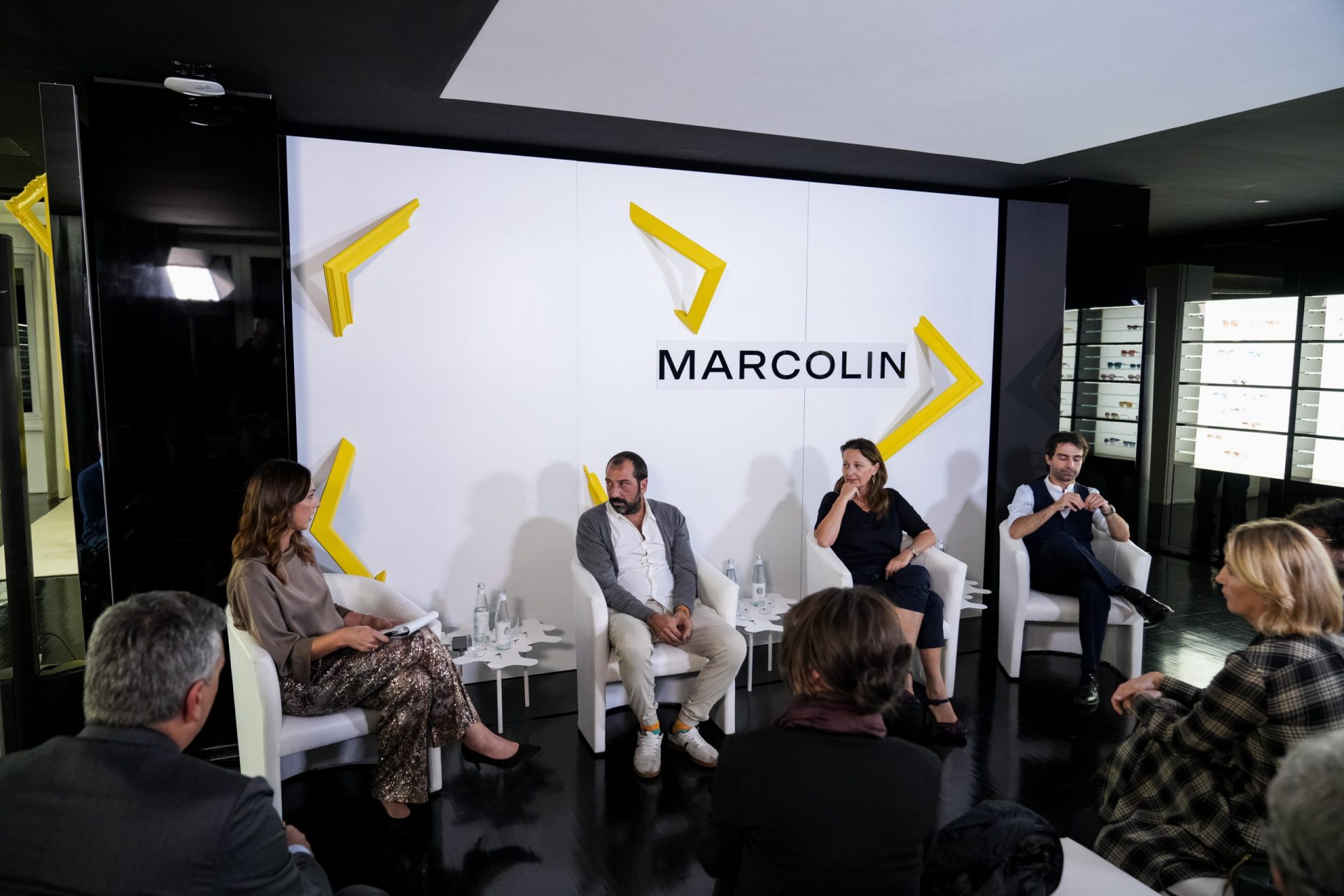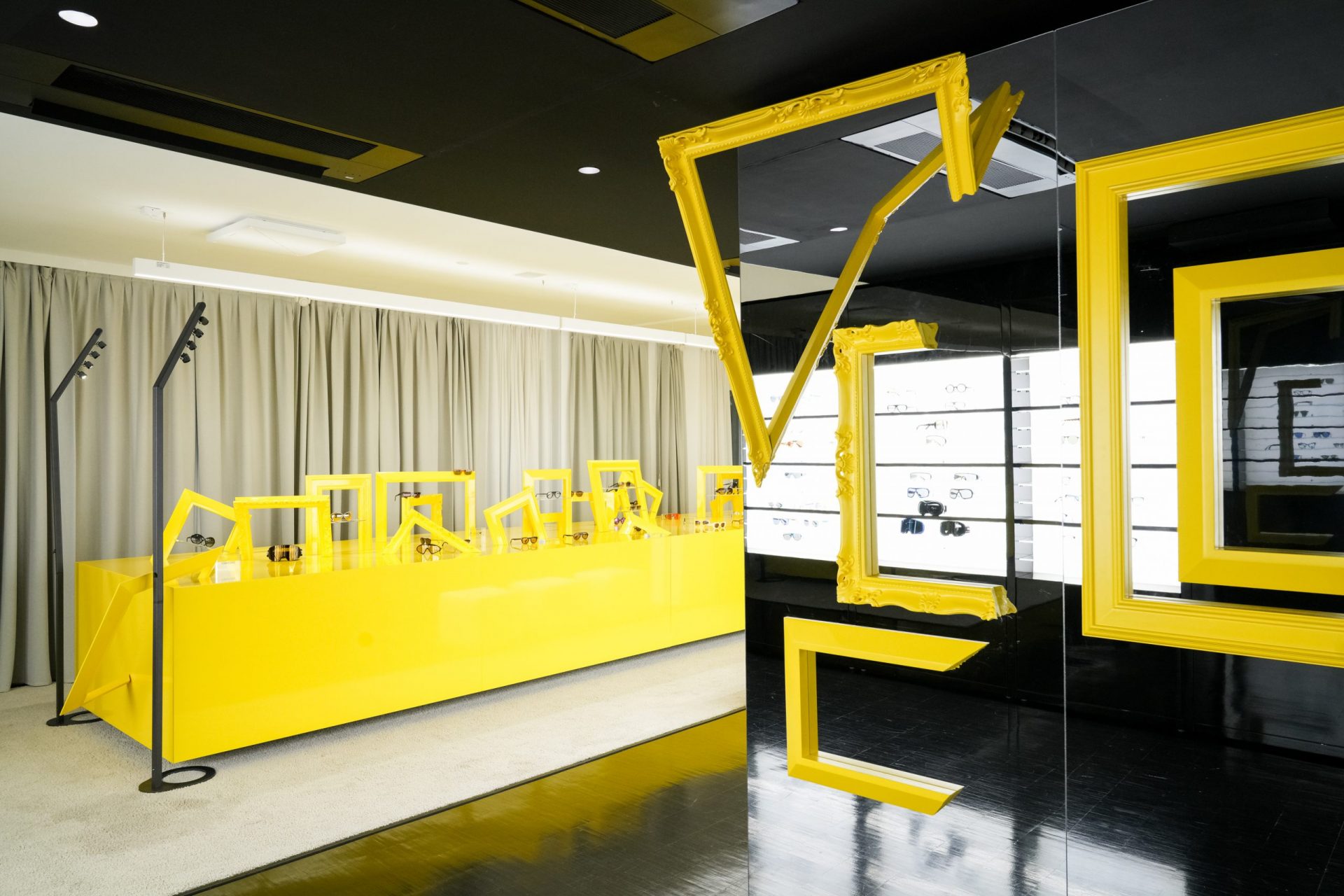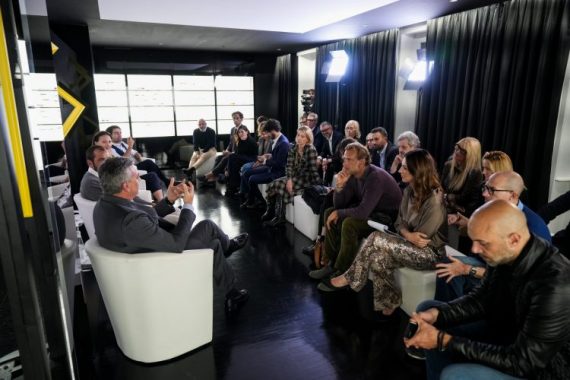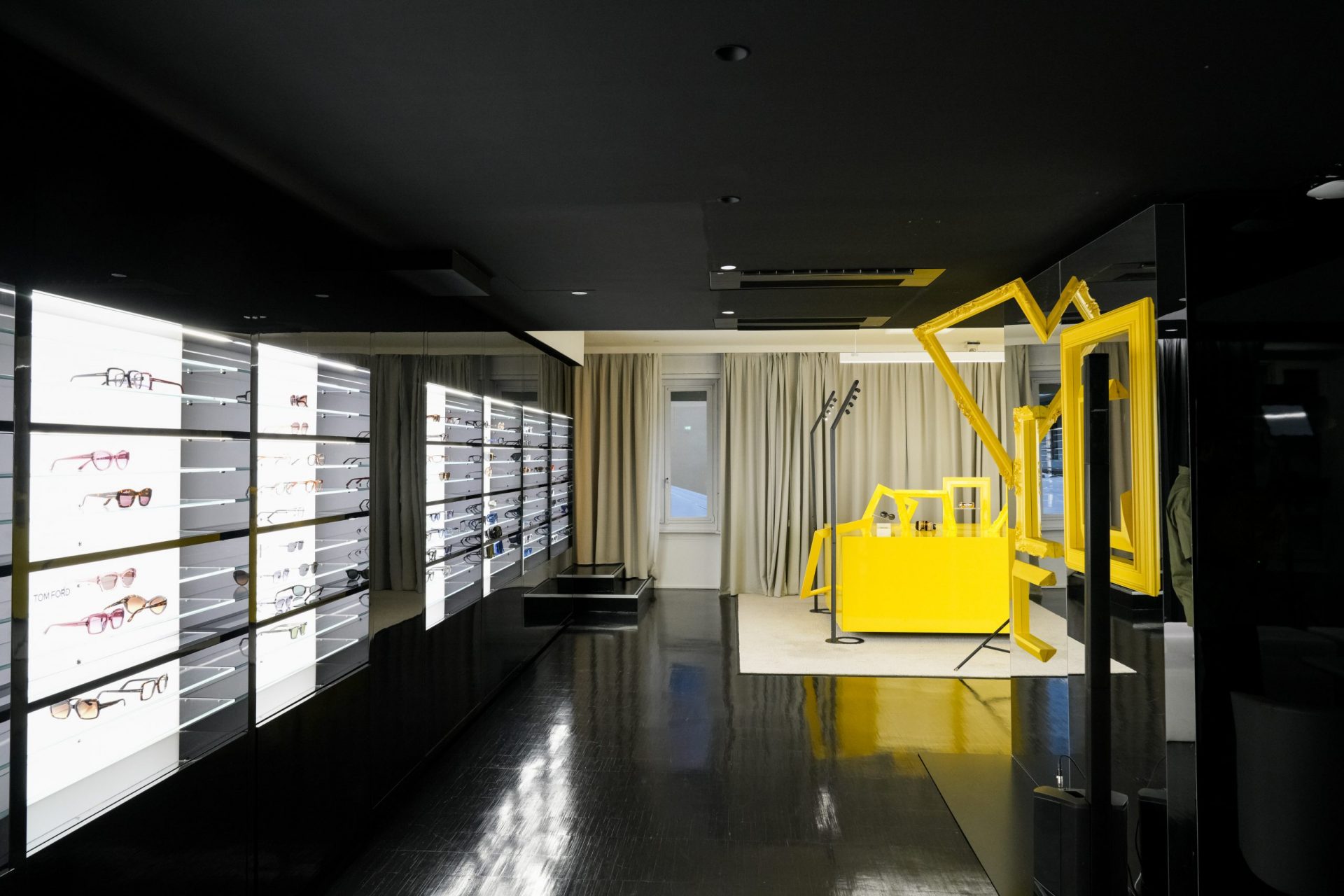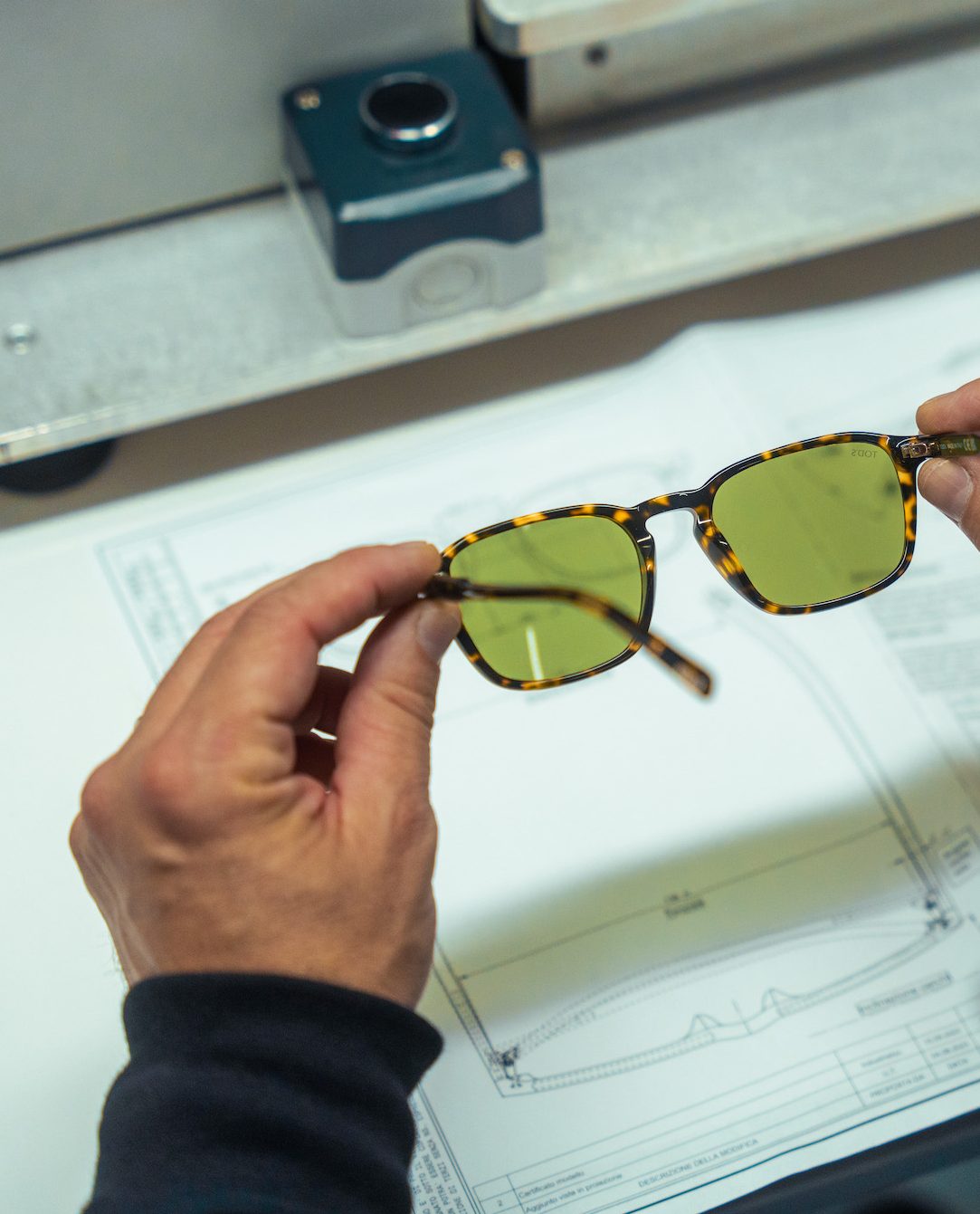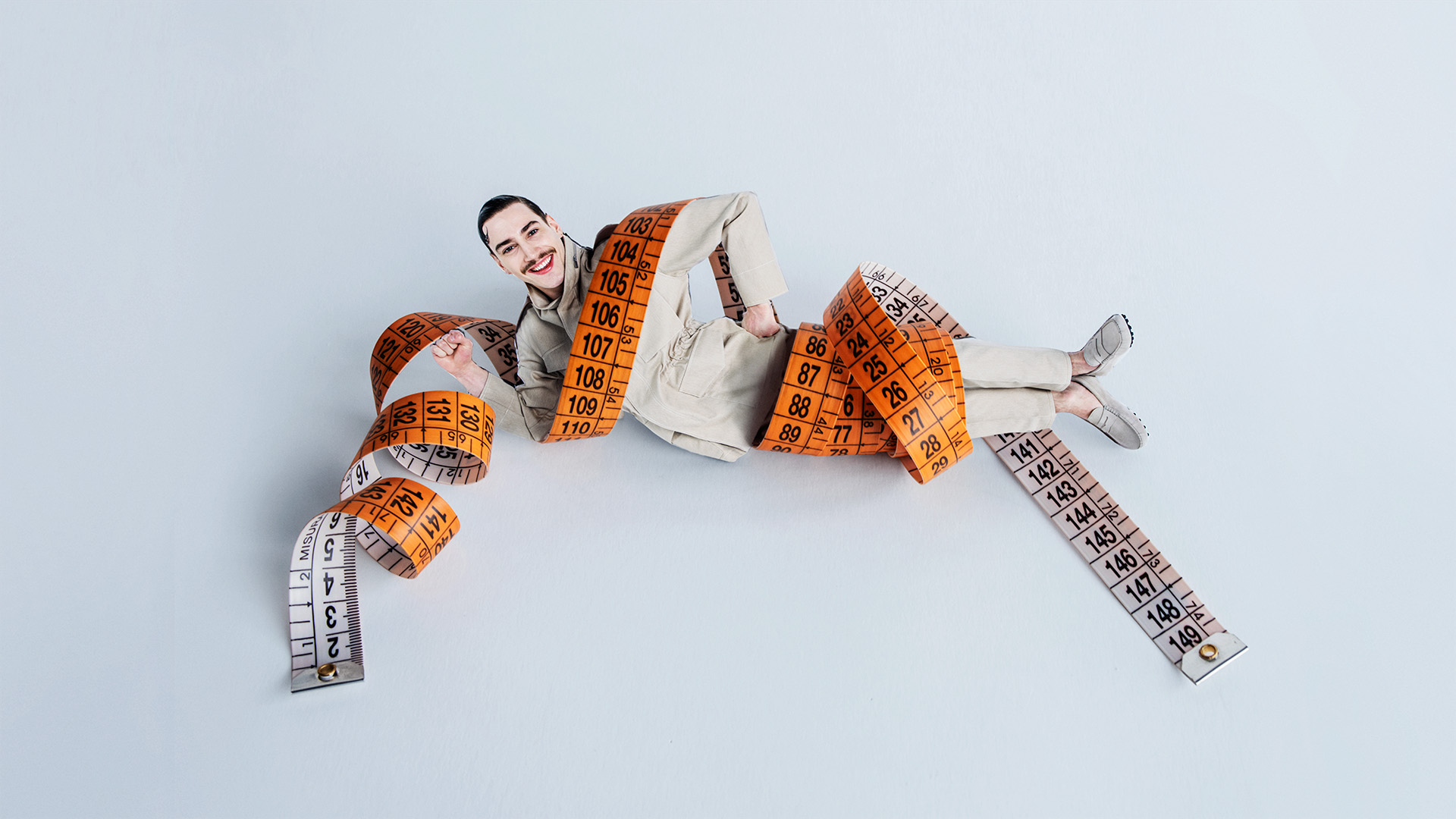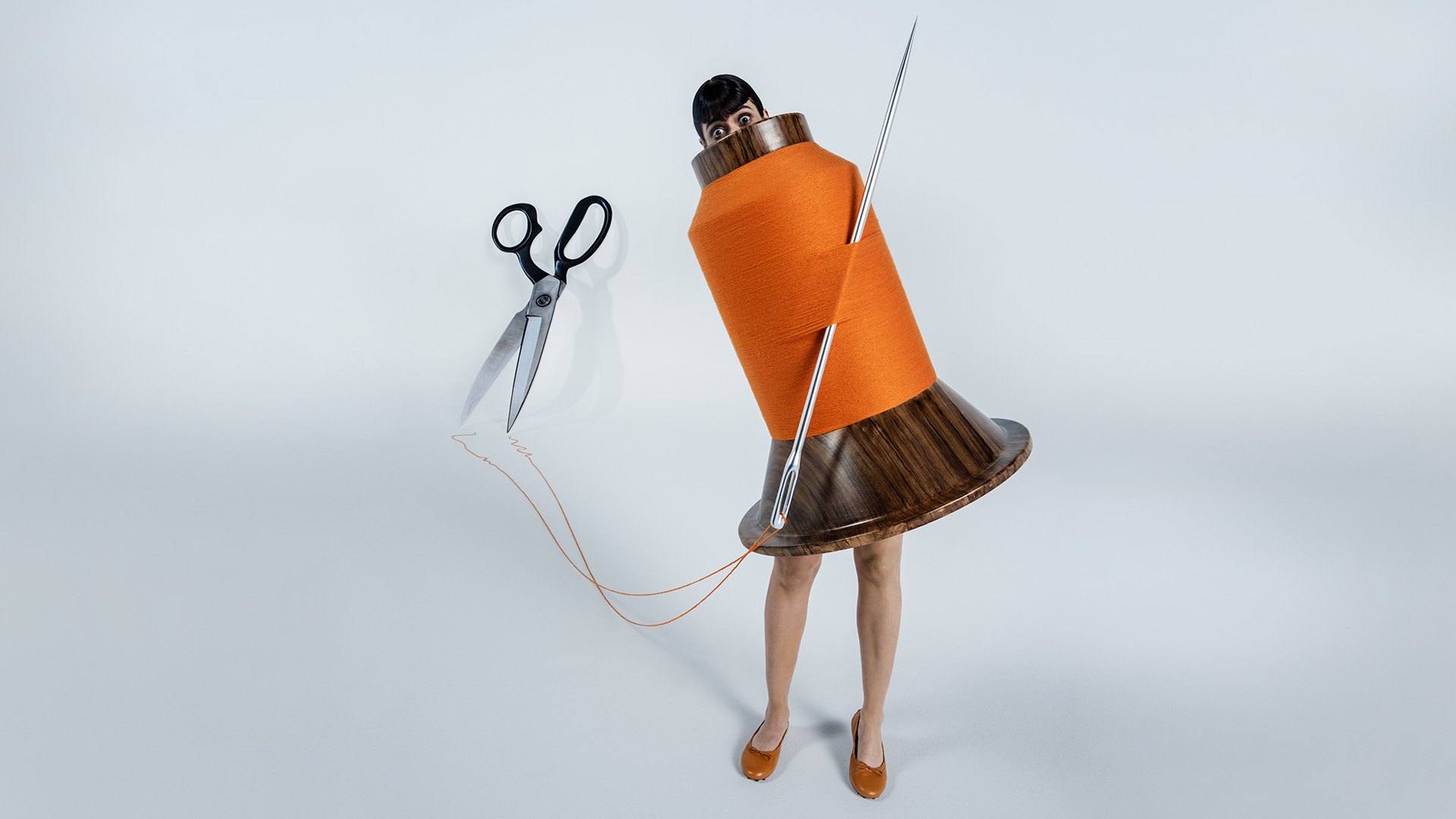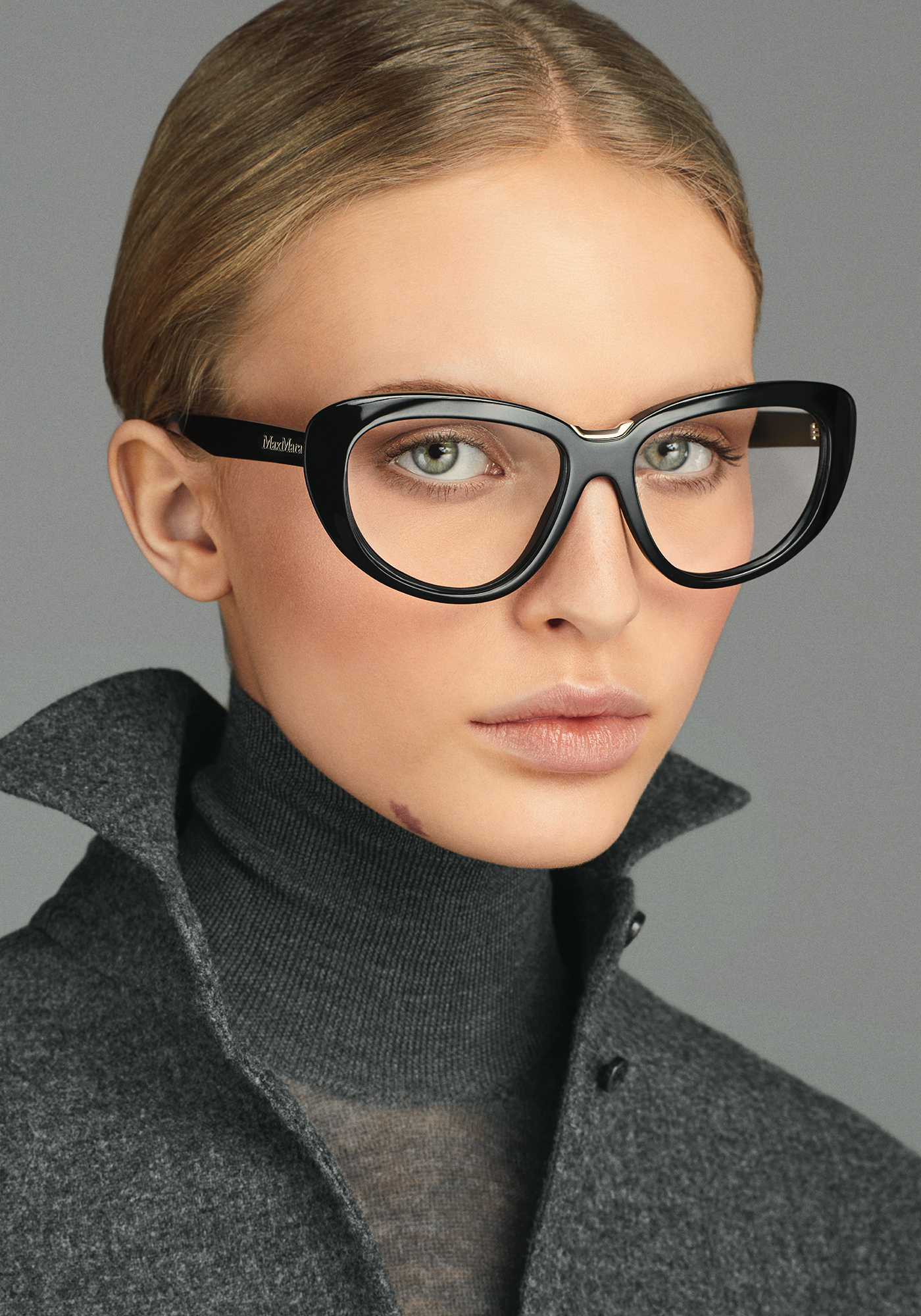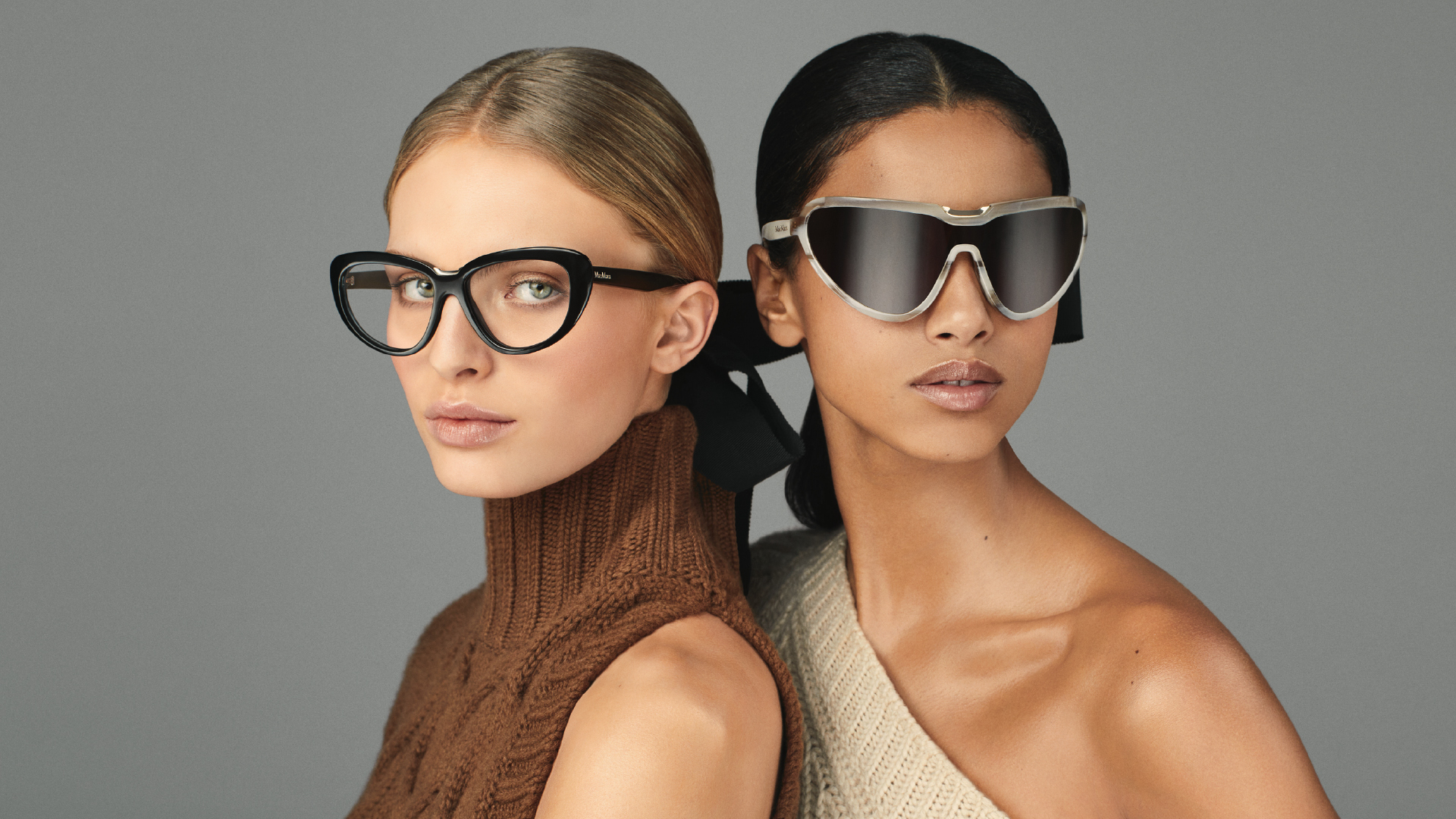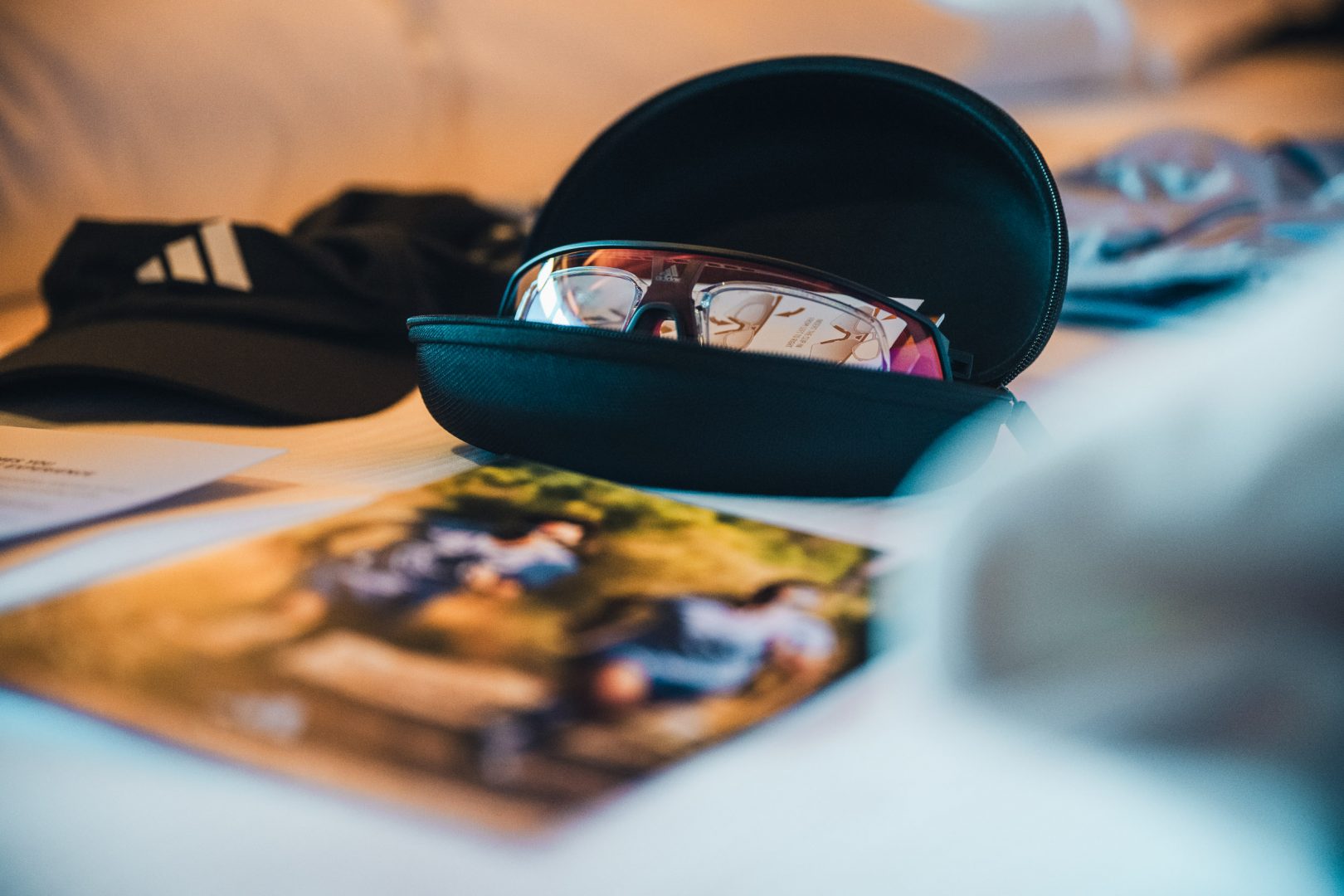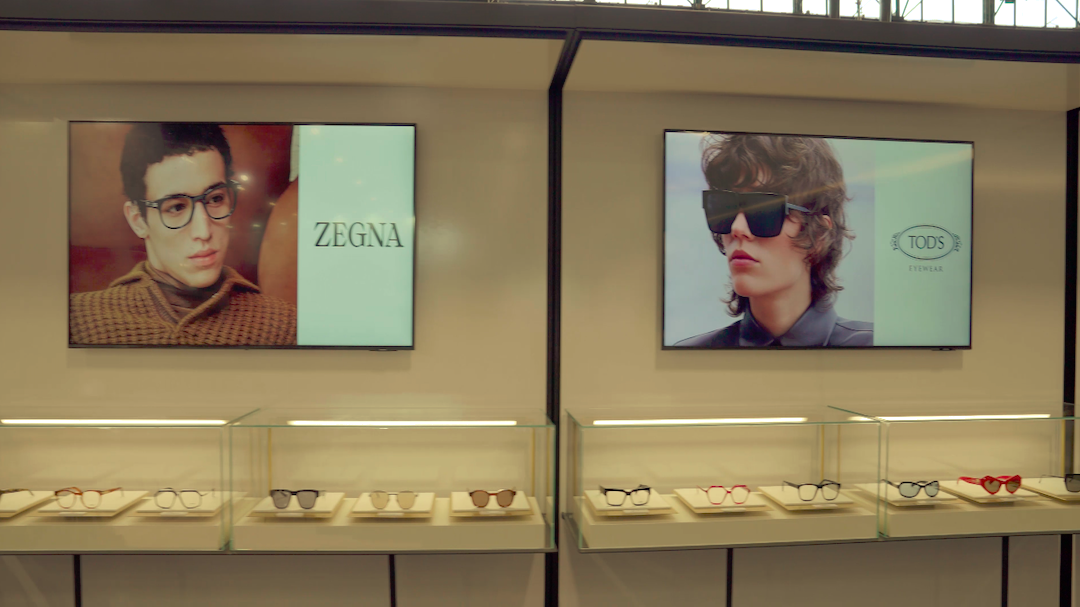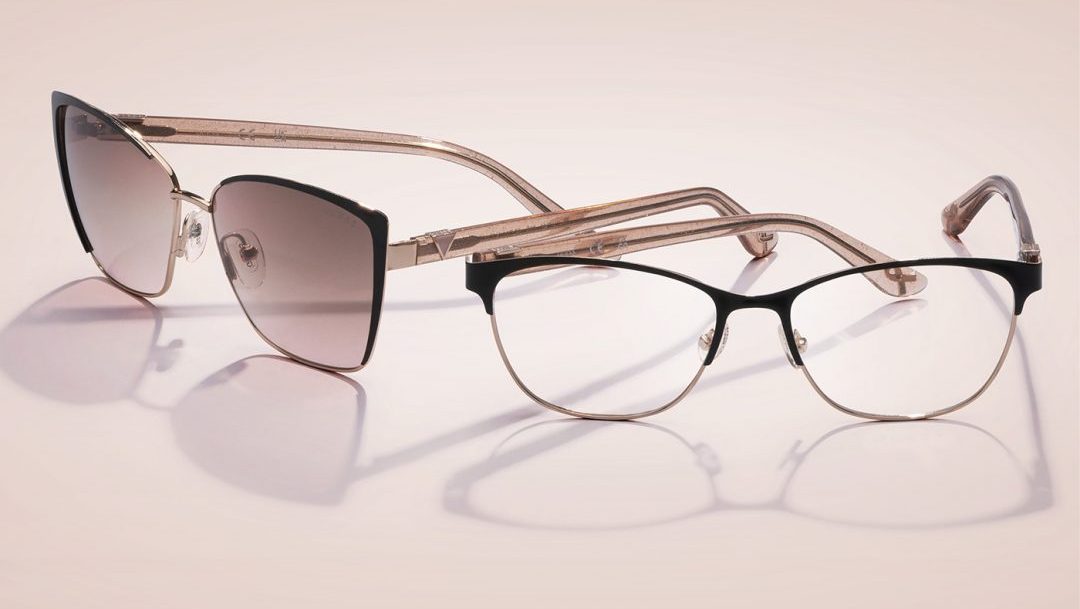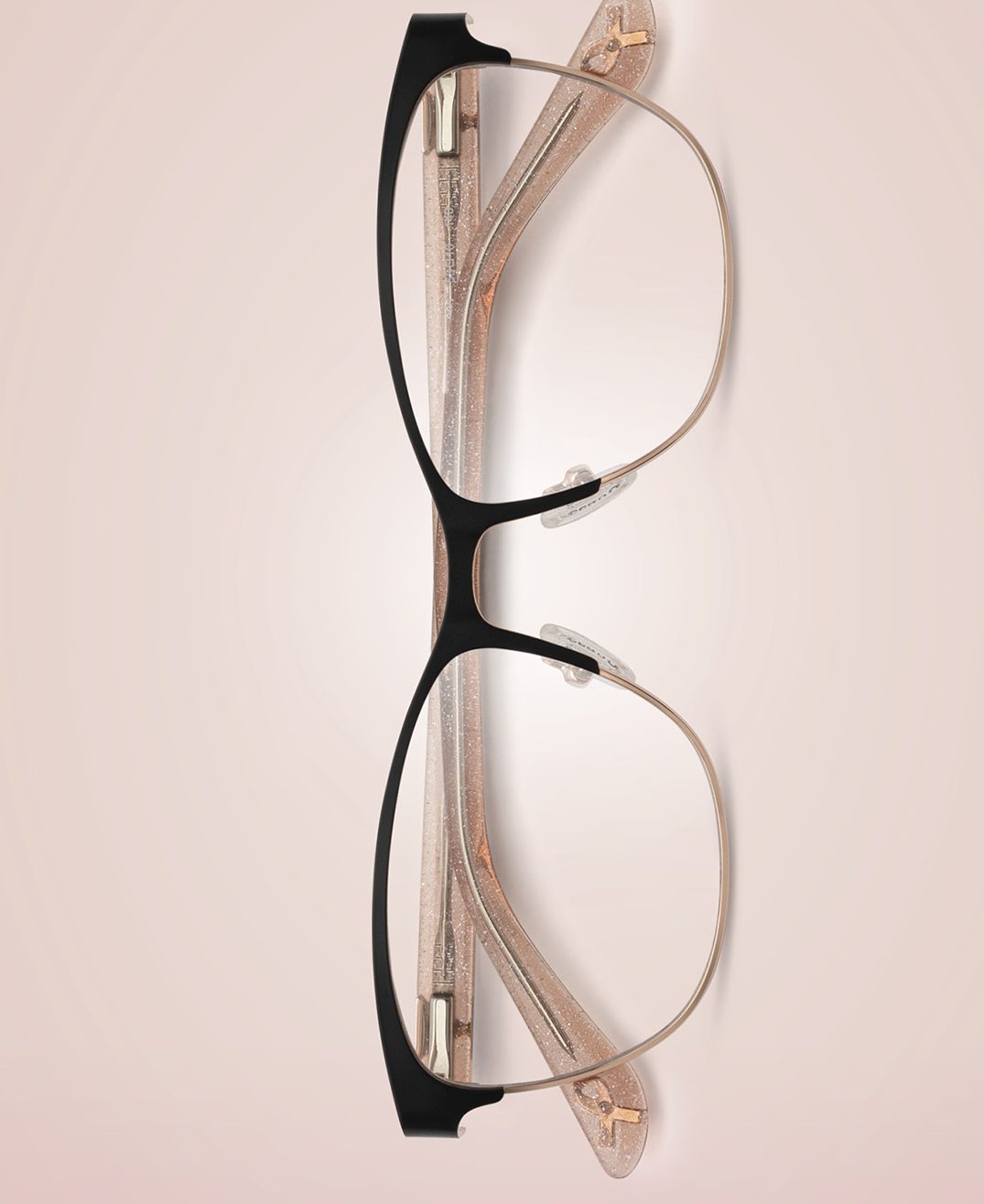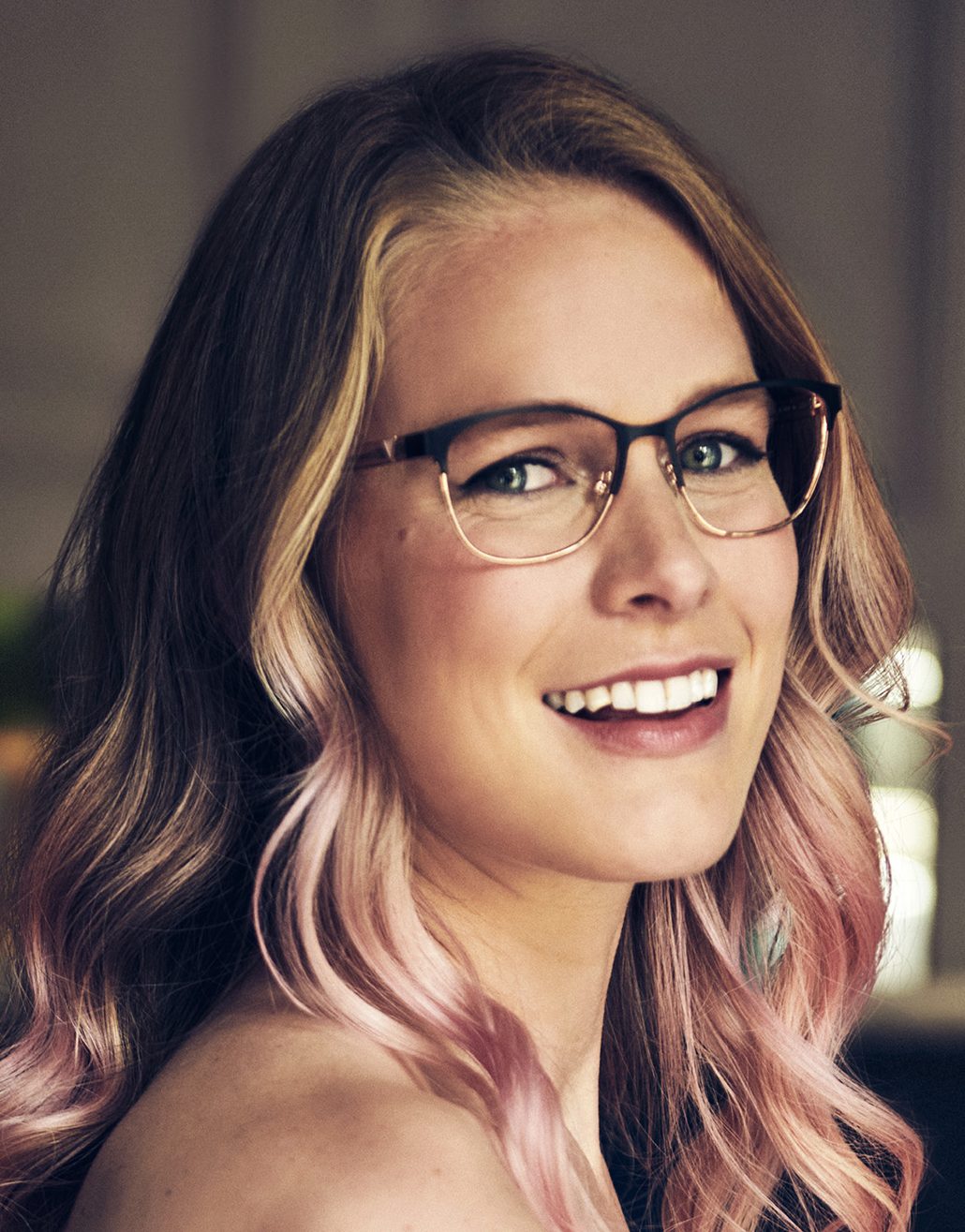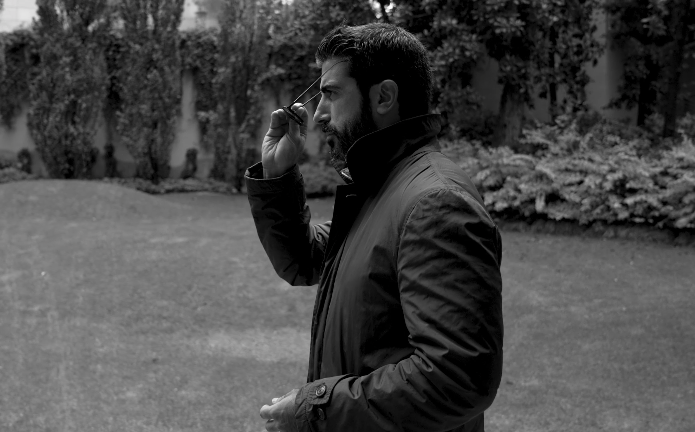
Giuseppe, you’re one of the greatest marketers worldwide. On your latest TED Talk you said we all are, after all. Can you tell us how the worlds of communication and marketing have changed?
«Marketing has always existed, because every time we talk about ourselves and try to show our best side, we are actually trying to talk ourselves up to impress others. With the evolution of our species, we’ve started doing so also through the products, accessories, and garments we wear or buy, and every time we do so we are revealing something about ourselves, to ourselves or others».
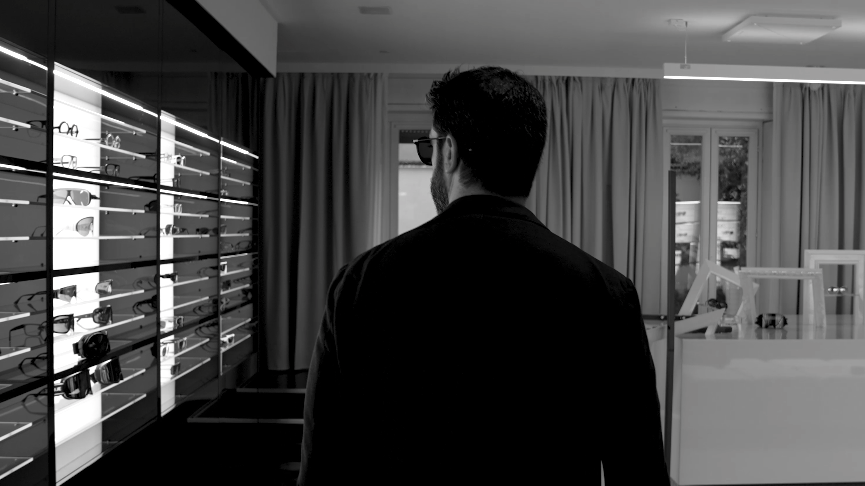
You have guided many businesses and brands on their positioning paths. Today you are embracing a new marketing vision, a sustainable approach to this discipline. How do you reconcile sustainability and marketing today?
«There’s this play on words in English: “making people want things”. But the marketing vision that I prefer is the opposite: rather than “making people want things” it’s more like “making things people want”. According to this vision, marketing is not just about promoting things that already exist, it’s about inferring products, services and experiences. In a nutshell: it means shifting from push to pull, where marketing is necessary to define the right products or services, the price people are willing to pay and the one that enables companies to maximize profit. How do we communicate a brand? How do we pick the best sales channels for a brand? If we do our job well enough, then we’ll choose to only make those products that are likely to sell more. It means less waste, less stock items, less useless products. It also means making targeted products, services, experiences and communication messages, which reduce background noise. It’s a natively sustainable approach».
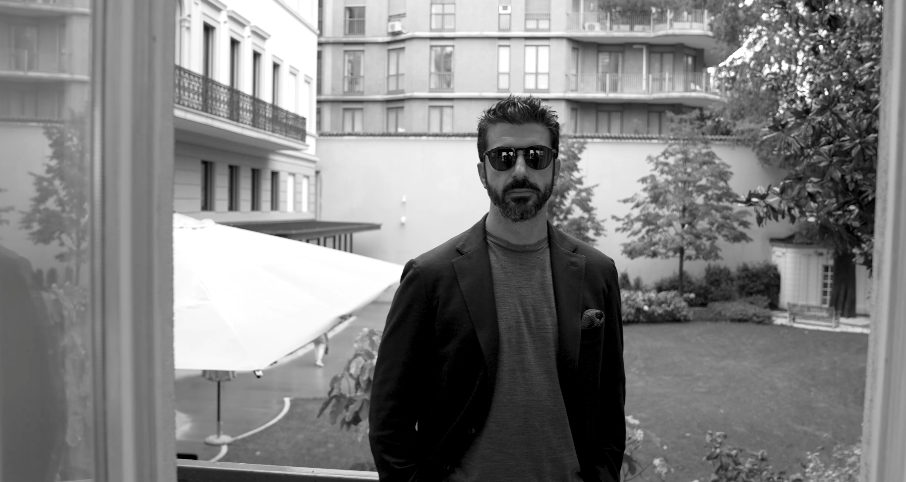
The eyewear that we make, we like to see it as a tool to “see” beyond things, frames representing a void to fill with new perspectives. How do you see the future of marketing and of the “behind the lens” business?
«Eyeglasses are a beautiful metaphor: they are lenses that enable us to see the world in a different way. And if there’s one thing, we’ve learned over the past few years it’s that we can’t go on this way. So, a kind of marketing that continues to push us to buy more and more has little future. A kind of marketing that, instead, allows us to tune into demand, make the right products, make profit to invest in research and development and express the meaning of these products, making us feel better, that’s a good kind of marketing, which can support companies in their innovation processes. The father of management, Peter Drucker, said that the business enterprise has only two basic functions: marketing and innovation. All the rest are costs. On my recent TED talk, I mentioned the word harmony, Harmonia was the daughter of the god of war and the goddess of love, who therefore reconciled two opposites. That’s what marketing should do: help businesses reconcile the many opposites between ethics and profit, long and short term, product duration, there are many opposites to reconcile. It’s not by chance the TED Talk was called: How to become a marketing superhero».



